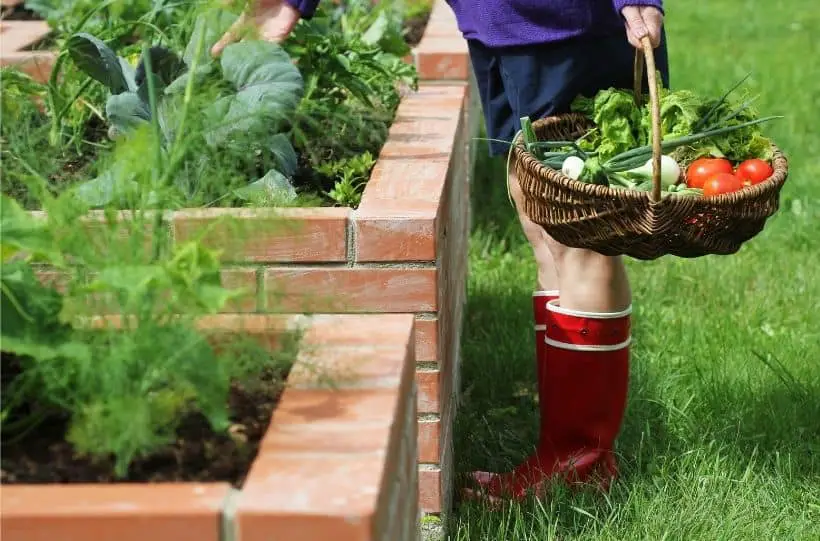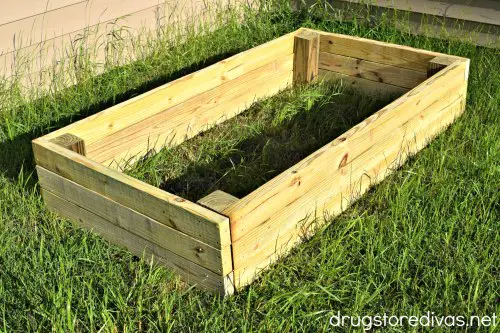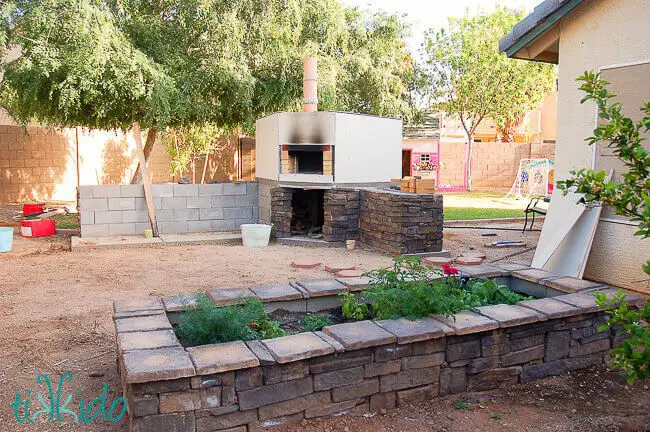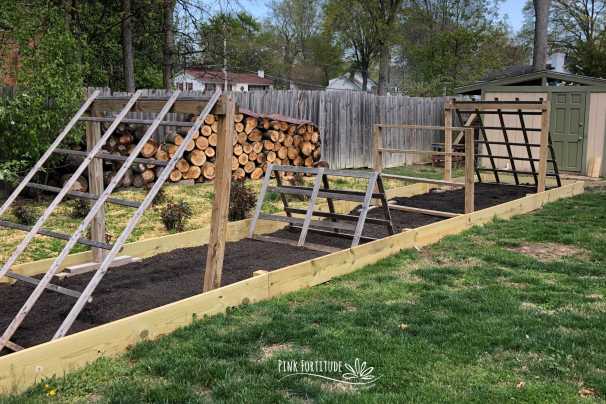How to Start a Raised Bed Garden
This post may contain affiliate links. Please see the privacy policy for details.
Many gardeners are either switching from traditional gardens or simply adding to their gardens with raised bed gardens. Raised bed gardens are gardens that are lifted up and off the ground like container beds.
They are very customizable, especially if you are building them yourself. Further, they can do things that traditional gardens can’t.
Following is a comprehensive guide to getting started on your very own raised bed garden.

Benefits Of Starting A Raised Bed Garden
There are many benefits to a raised bed garden as opposed to a traditional garden. For starters, raised bed gardens are easy to organize and place on your property. You can easily make walkways as plants and weeds cannot ‘spill over’.
This makes it easy to manage your crops and not have them get lost or overrun. This is especially useful when you are planting smaller amounts of crops and don’t need them to overtake a large portion of your garden.
Raised bed gardens are also much easier to weed, especially when planned in advance. Due to the use of store-bought soil, weeds are less abundant as the soil will not already have seeds in it. This in turn will save you lots of time later on down the road.
Further, you can plant earlier with raised bed gardens than in a traditional garden. The soil from a raised bed garden will actually thaw faster, thus giving you more time with crops.
They are also easier to take care of and weed.
Raised bed gardens can also be put in places where regular gardens cannot and are much easier to designate space as the garden will only be as big as the box it is in. This means that raised bed gardens can be used in tandem with traditional gardens as well.
In addition, raised bed gardens can be made to be very tall, so people who have problems bending over due to age or medical conditions can garden without fear of back pain.
Both raised bed gardens and traditional gardens have their pros and cons, so ultimately it is up to you. However, the convenience and organizability of a raised bed garden cannot be understated.
Choosing An Area
When you go to choose an area for your raised bed garden, there are a few things to keep in mind. First, your plants need about eight to ten hours of sunlight a day in order to grow properly.
Second, you will want to determine how close to your house you want the garden. You will also want to make sure that the garden won’t be near any areas where pests can easily get to it. Essentially, you will want to plan ahead for pest control.
Handmade Or Prefab?
The first step to starting a raised bed garden is deciding whether you want to build the box yourself or buy one already complete. If you are buying one already complete, make sure you measure the space you want to put it in so it is not too big or too small.
If you are building one, there are several ways to go about it. First, you may consider purchasing or downloading blueprints or guides for building one online. There are several guides that are available that make the process of building a raised bed garden simple.
Next, you will need to decide what wood you wish to use. I recommend looking for wood that is extremely durable. Remember, it will need to hold lots of soil, be in contact with water for long periods of time, withstand the elements, and be able to support you in it.
You will also need to ensure that you have all of the tools and materials necessary to build the raised bed garden.
Ultimately, building one on your own will more than likely be cheaper. However, buying one already made is much easier and eliminates the need for work.
DIY raised Bed Ideas
Here are a few raised bed DIYs that I think you will like:

This might look like a standard DIY Raised bed but these look great in anyone’s garden, they are an easier DIY for those of us who need it, and they last for years provided you use the right wood. Check out the tutorial for this DIY Raised Garden Bed at Drugstore Divas

Would you believe this raised herb garden bed from Tikkido is made with concrete cinder blocks? This looks like it belongs in a cottage garden.

This raised bed hybrid DIY from Pink Fortitude gives you lots of growing room for plants that grow upwards and need support and the low-lying plants too.
Selecting A Soil
Next, you will need to find good soil to plant your crops in. There are plenty of soils on the market, so it is important to know which one to buy. You will need soil with good drainage so water does not pool up in your garden.
This is important as too much water can be just as harmful to your plants as not enough water. You can buy soils that are specifically made for raised beds and do not require any mixing.
You can simply pour the soil straight into the garden and get right to work. I will recommend shopping around and seeing who offers bulk discounts as you will need lots of soil depending on the size of your garden.
As a note, do not use soil from your yard as it may contain microbes that are harmful to young plants. Further, the soil might not have enough drainage to allow for your plants to thrive.
Choosing What Plants To Grow
There are several factors in choosing what plants you would like to grow. To start, you will need to check and see what root dimensions the plants you would like to grow have.
With a raised bed garden, it is harder for roots to grow as there is not enough space as with a traditional garden. Therefore, you will want to go for smaller rooted plants.
In addition, you will want to look for plants that are easy to differentiate if you plan on having multiple kinds of plants in one garden plot.
Further, if you want to grow plants that require trestles, such as tomatoes, you will need to factor this in as well.
Starting a raised bed garden might seem like a lengthy process, but they present many benefits over a traditional garden. They offer much more versatility and can be much easier to manage. Plus, they look great and are easily customizable.
With the tips on this list, it is easy to get started on a raised bed garden of your very own.
And while we are on the subject, check out some of our other raised bed garden guides:
